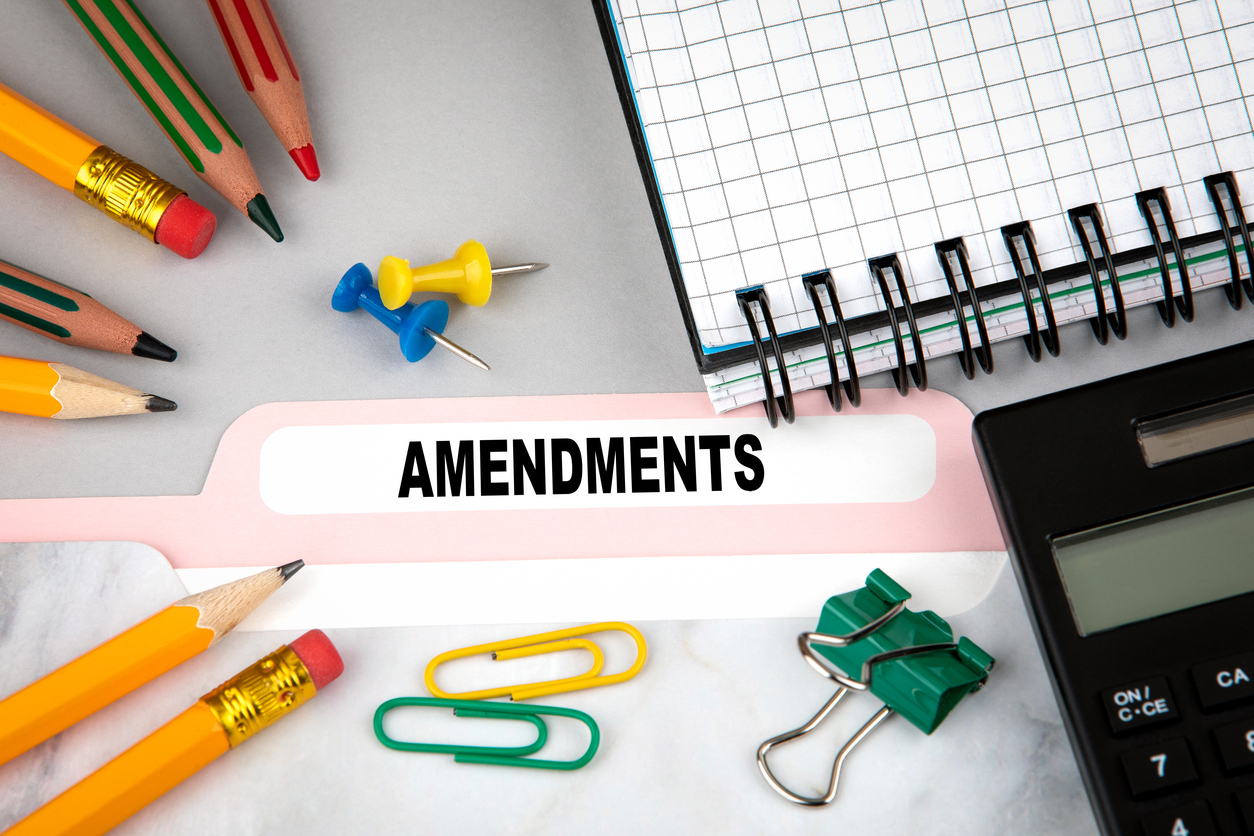Today, as a 4th of July present, and in anticipation of celebratory fireworks, the FDA has issued a final guidance entitled ANDA Submissions – Amendments to Abbreviated New Drug Applications Under GDUFA (here). The final guidance explains that the complex tiered amendment classification system of GDUFA I was abandoned to provide a less cumbersome and more straightforward classification of amendment types, as detailed under the GDUFA II goal letter. This guidance provides background on the changes, defines major minor and unsolicited amendments, discusses the application of the new goal dates, and provides a process for reconsideration of certain classifications. There is also an appendix that describe what OGD and OPQ consider major deficiencies to help applicants better understand the goal date and classification their amendments receive.
The guidance explains: “The types of amendments and review goals described in this guidance only apply to submissions that have been received for assessment (i.e., review goals do not apply to submissions pending filing review). Information Requests (IRs) and Discipline Review Letters (DRLs) neither stop the review clock nor add to the GDUFA II goal” unless the response to either of these requests contains additional new information provided by in the response the applicant.
The goal dates are the most important element to ANDA applicants and the guidance provides the same basic time frames as the draft guidance for amendments to ANDAs and Prior approval supplements as outlined in the following tables:


Be certain to study these tables to assure that you have a good idea of what your goal dates may be. The questions of what happens to your amendment if it is not in the 90% still remains to be seen.
Read the guidance document carefully, as there are other conditions (e.g., pre-GDUFA II amendments, amendments to tentatively approved applications and deferred amendments, etc.) that will be critical for you to be clear about.




